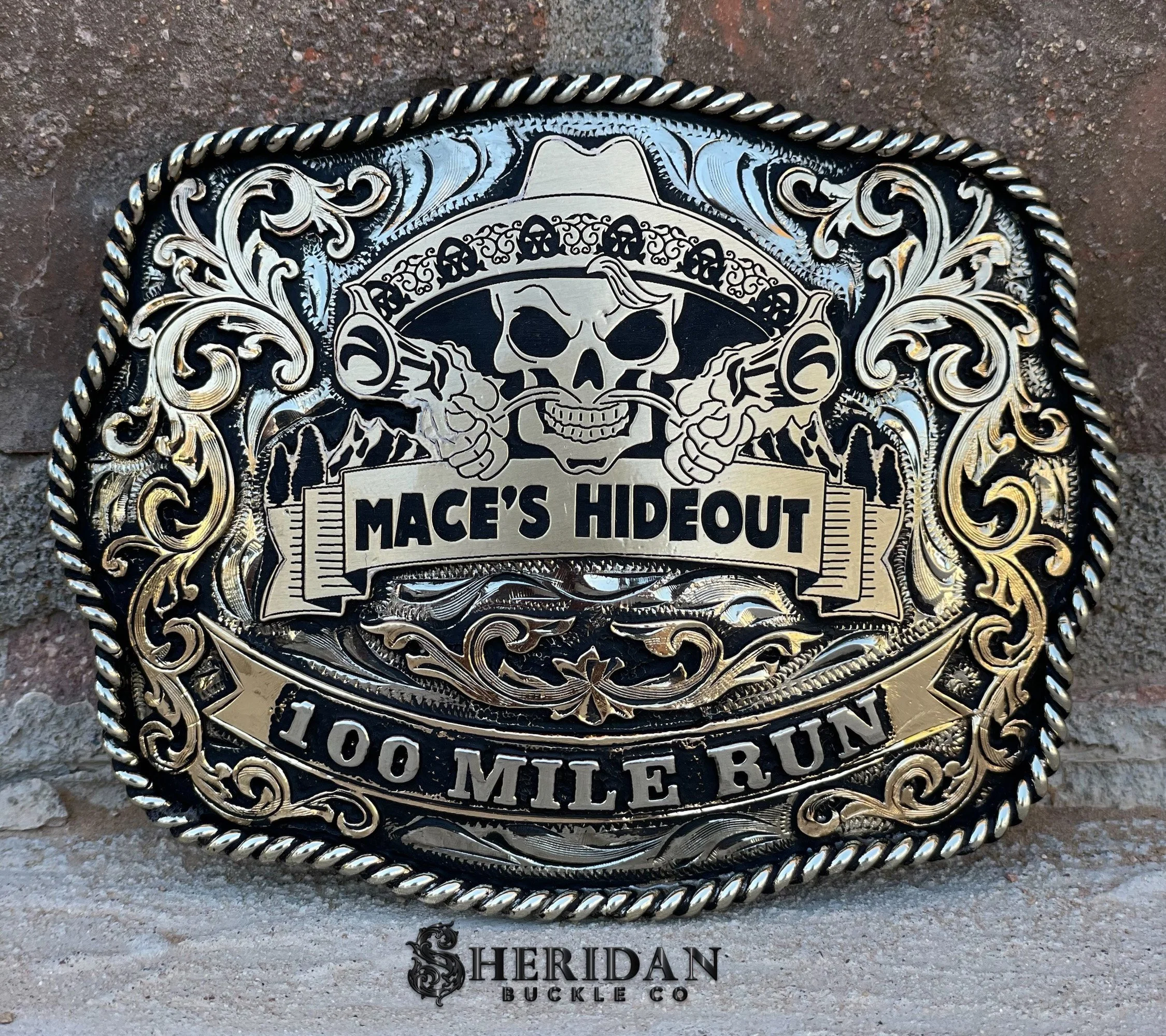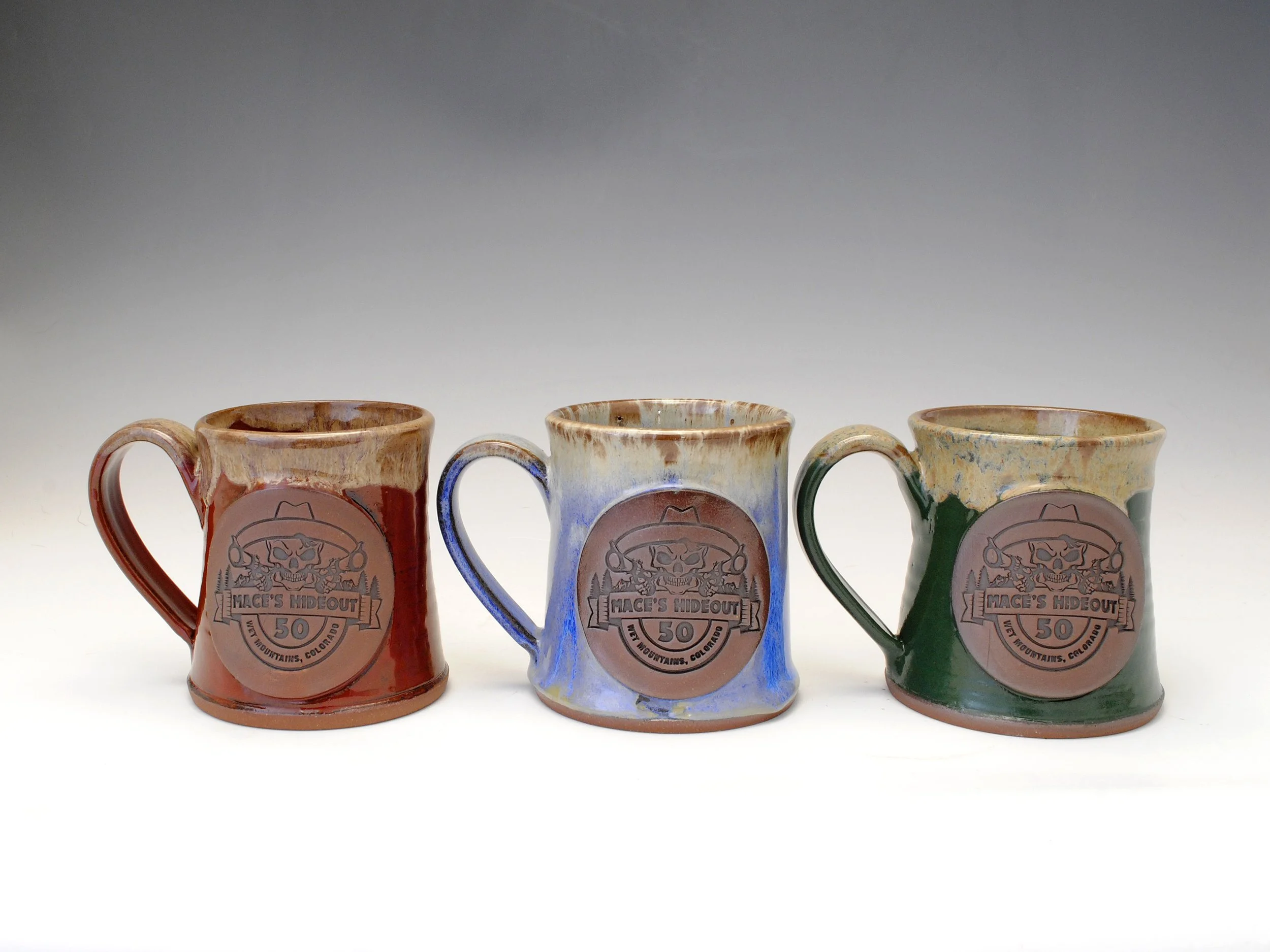It’s some time after midnight, or maybe the pre-dawn hours, you’re not quite sure since your mind has moved on from computing numbers to just encouraging your legs to put one foot in front of the other; but that’s when you see it. A figure. A man lurking beside you between the trees or hidden on the outcrop of rocks looming above you. You question yourself; I’m just tired you ask? A tired mind can produce images only your eyes can see, but then again, you are running through the historic hideout of the outlaw Juan Mace.
In the 1860’s, before the small quaint and quiet town nestled on the east side of the Wet Mountains was known as Beulah, Colorado, you’d find a town labeled on maps as Mace’s Hole. As with many early settlements in the west, the town’s history is richly interwoven with folklore and truth. Mace’s Hole was named after a cunning outlaw who used the rugged and rocky terrain around the valley to paint an illusion about an armed and dangerous band of outlaws operating within its walls. Stories say that Juan Mace took over the valley which had but one very difficult pass in. From his hideout he would sweep down on the prairies below to intercept wagon trains and herders and run off with their cattle, horses and riches. For years, no one would dare make chase beyond the plains and enter the valley through the narrow pass; for they knew of the hundreds of outlaws awaiting them. But you see, there were no other outlaws except for one. Mace’s cunning mind created this illusion and would spread his story by leaving letters on the plains for herders to find. These letters would contain instructions to his “boys” to get hundreds of men together and ready on certain days when wagon trains were rumored to be traveling through. They were to stay in camp and be ready for any one who dared enter.
Very little documentation about Juan Mace can be found, but local tradition and newspaper accounts keep his story alive. The details of his death vary greatly as the tales when he lived. He may have been shot on the plains or hung in the valley where he lived. He may have escaped to another lush valley or his spirit may still roam the land protecting his loot from those who dare enter his hideaway.
Mace’s Hideout 100
Mace’s Hideout 100 is as beautiful as it is tough. The Wet Mountains of Colorado are a hidden gem set amongst giants. One of the older ranges in Colorado, the Wet Mountains are a sub-range of the more sought after Sangre de Cristo Mountains. Yet within this small range, you will find a land that has a personality as large as the mountains around it and unique characteristics that vary around every turn.
As you wind your way up one side of the range and down the other, it will seem as if you’ve travelled from one world to another. You will experience vastly distinct and different ecosystems, environments and climates. As the name suggests, the east side of the mountains are wet and will treat you to towering firs, spruces and lodgepole pines covered in moss. As you gain altitude, you will experience peaceful alpine meadows with the sounds of aspen leaves dancing in the wind, lush green vegetation and flowers at your feet. But don’t let the name Wet Mountains fool you, for that’s just half the truth. Once you start down the west side towards the Wet Mountain Valley you will notice a stark change. Pinon pines, junipers and ponderosa spot the sparsely forested landscape and the soil becomes arid and dry. Yuca, cactus and sagebrush take over for vegetation. The air becomes hot and dry and the sun is relentless, but the beauty of the Spanish Peaks to the south and the Sangre de Cristo mountains standing tall to the west makes it all worth it. And as the sun makes its way behind the towering giants and the temperatures begin to fall, a whole new world will emerge in the dark skies above you.


